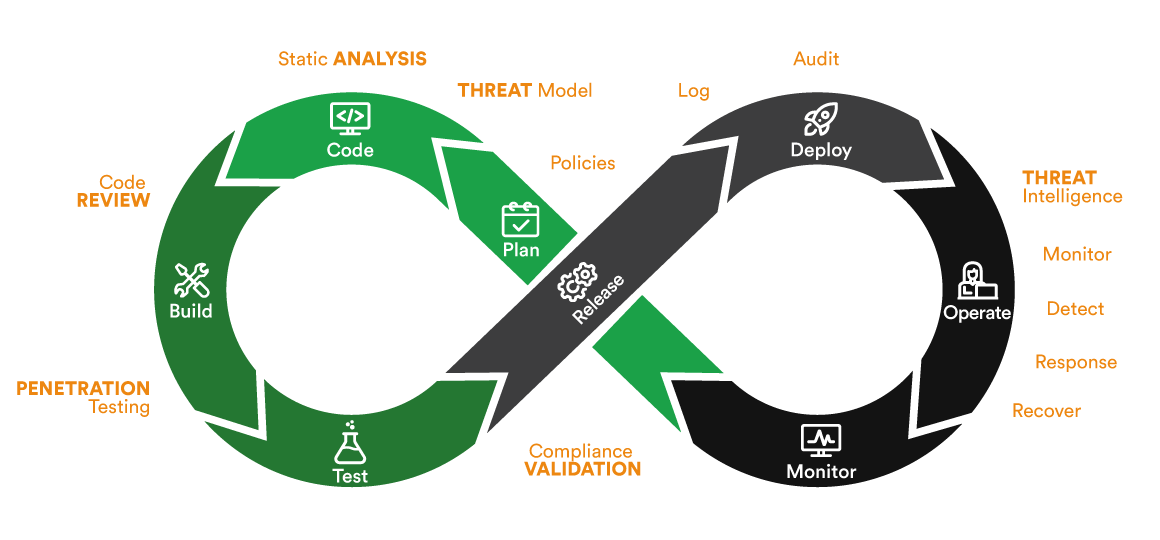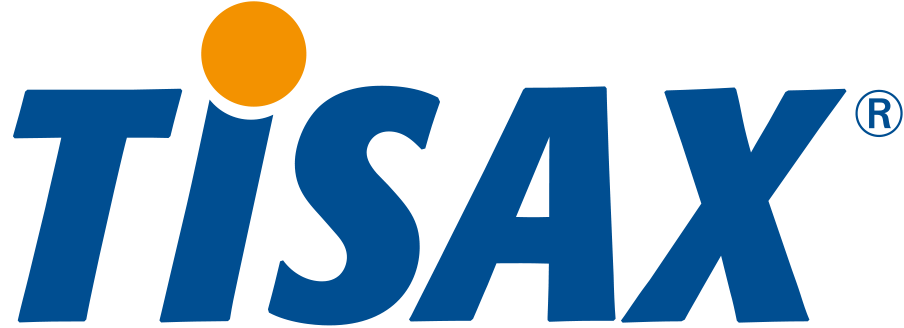Our DevSecOps consultants work with Scrum Masters, Business Analysts, and software developers to facilitate the flow of continuous development through a secure, stable CD/CI pipeline.
CI/CD pipeline bridges the gaps between development and operation teams by enforcing automation of application development, testing and deployment. It allows manual processes to be automated and provides other benefits such as:
- higher code quality,
- flexibility to deploy/rollback without impeding other people’s work,
- numerous deployments.


 How DevSecOps works
How DevSecOps works



